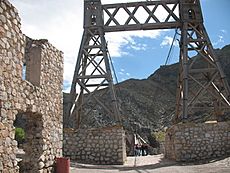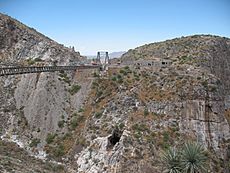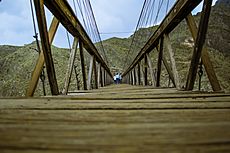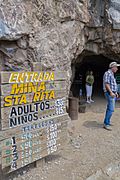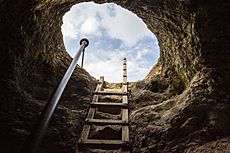Ojuela facts for kids
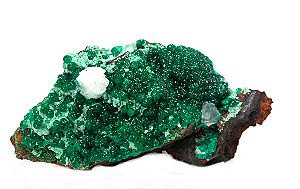
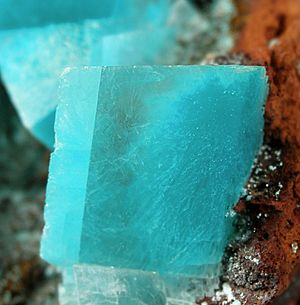
Ojuela was once a busy mining town in Mexico. It is located about 5 kilometers (3 miles) northwest of Mapimí. Today, Ojuela is known as a ghost town. This happened because all the valuable minerals in its famous mine were eventually dug up.
Contents
The Story of Ojuela Mine
How Ojuela Began
Ojuela started in 1598. Spanish explorers found old gold and silver mines there. They realized there was a lot of mineral wealth. Soon, mining began, and the town grew quickly. It was built high on a mountain, very close to the mine. This made it easy for workers to get to their jobs.
The town soon had many services. These included a post office, a Catholic church, and many stores. There were also places like saloons. The Ojuela Mine produced a huge amount of minerals. This was especially true in the late 1800s.
Mining and the Railroad
When the railroad arrived, it changed everything. All the minerals dug from the mine were loaded onto trains. They were then sent to Mapimí to be processed. This made the mining operation very efficient.
Challenges and Changes
Towards the end of the 19th century, the Peñoles Mining Company bought the mine. This was one of their first big projects. In the early 1900s, the mine faced problems. The Mexican Revolution caused conflicts. Also, water started filling parts of the mine.
After the revolution, mining continued. But soon, most of the minerals were gone. The company decided to let local miners take over. Because of this, people slowly left the town. Now, there is no mining happening. However, you can still find people selling fossils and rocks. There are also tour guides who can show you around.
The Famous Ojuela Bridge
A Landmark That Still Stands
Today, most of Ojuela's old buildings are in ruins. But you can still visit the site. You can see the old church and the foundations of miners' homes. You can also explore the old warehouses. The only structure that is still working is a suspension bridge. Locals call it "Puente de Ojuela" (Ojuela Bridge).
Designed by Bridge Masters
The original bridge was designed by the famous Roebling brothers. They also designed the 1866 Roebling Suspension Bridge in Cincinnati. And they created the well-known 1883 Brooklyn Bridge. When the Puente de Ojuela was built in 1898, it was the third longest suspension bridge in the world!
The Bridge Today
The bridge was rebuilt recently by the Peñoles Company. The original bridge was taken apart. Only its main arches are now on display. You can see them at the Torreón Exposition Center.
Special Minerals from Ojuela
A Treasure for Collectors
The Ojuela mine is very famous among mineral collectors. It is known for its amazing arsenate minerals. Minerals like Ojuela adamite and legrandite found here are considered top examples of their kind.
Unique Discoveries
More than 117 different types of minerals have been found at Ojuela. These include many colors of adamite, legrandite, and aurichalcite. Other minerals found are scorodite, hemimorphite, fluorite, and calcite. Ojuela is also the "type locality" for some minerals. This means these minerals were first discovered and described there. Examples include paradamite, mapimite, and ojuelaite.
See also
 In Spanish: Ojuela para niños
In Spanish: Ojuela para niños



